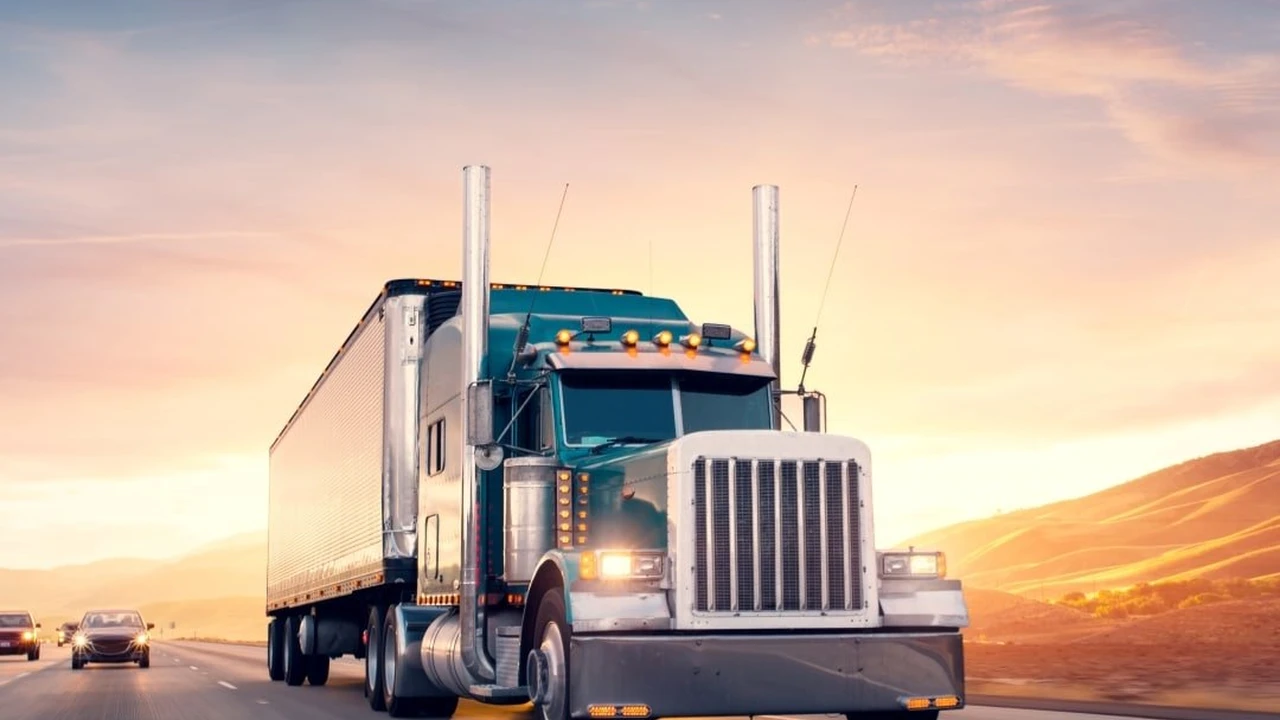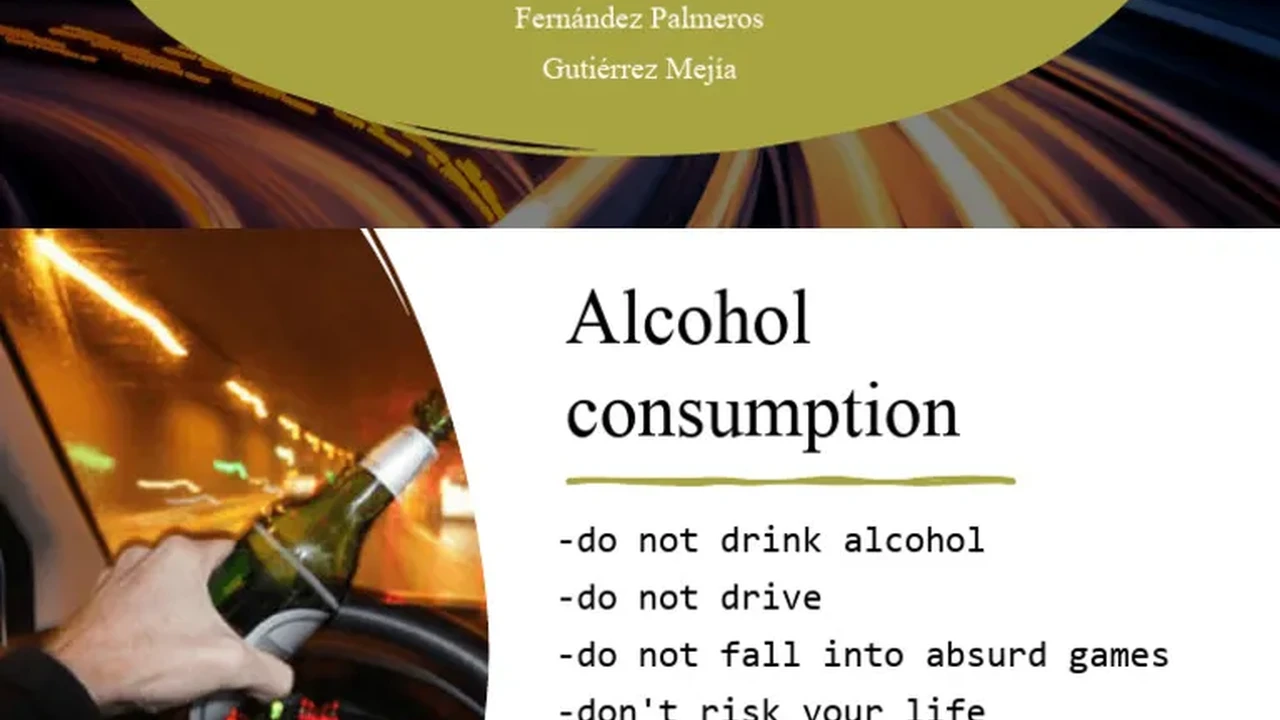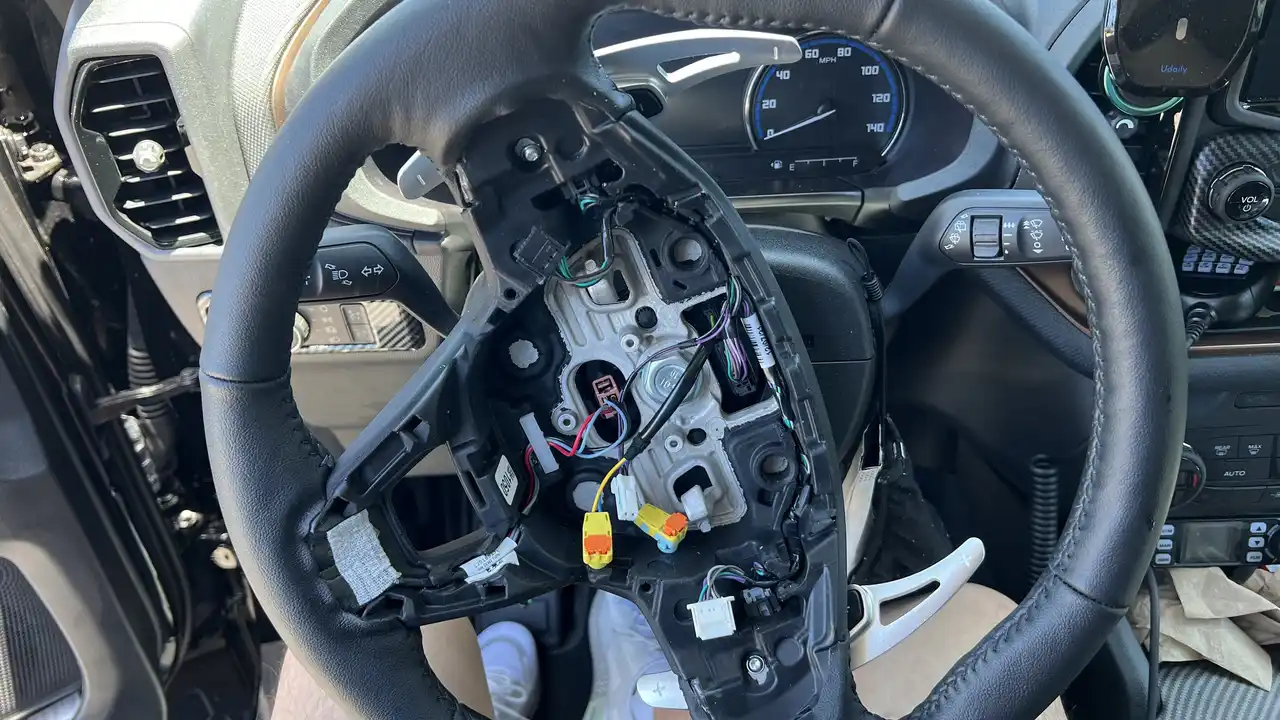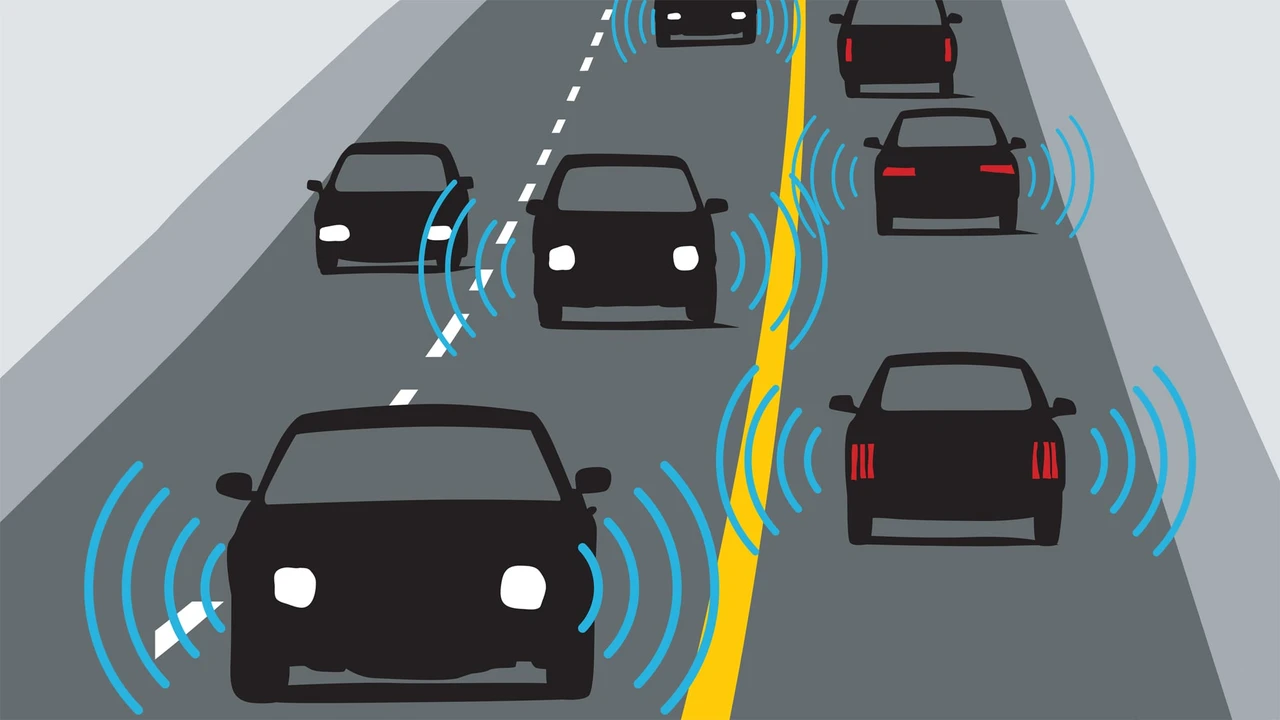Side Impact Protection: Which Cars Offer the Best Safety?
Sample meta description.
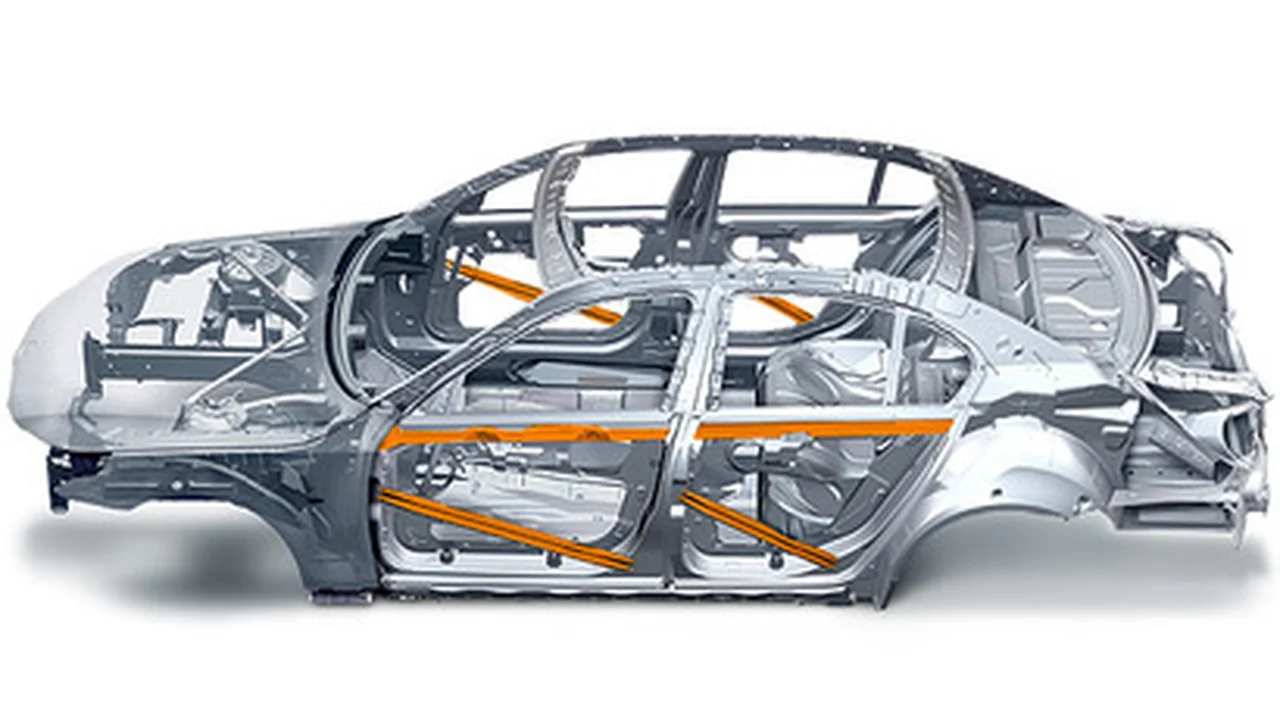
Understanding Side Impact Collisions and Why They Matter
Okay, let's talk about something nobody *wants* to think about: getting T-boned. Side-impact crashes, or "T-bones" as they're sometimes called, are seriously dangerous. Unlike head-on collisions where you have the engine block and a bunch of crumple zones protecting you, side impacts often mean a direct hit to the passenger compartment. That’s why side impact protection is a HUGE deal when you're car shopping. We're talking about the difference between walking away and… well, something much worse. These accidents account for a significant percentage of serious injuries and fatalities, making it crucial to understand how well your car will protect you in such a scenario.
Key Factors in Side Impact Crashworthiness Ratings
So, how do they figure out which cars are safest in a side impact? It's all about the testing. Organizations like the IIHS (Insurance Institute for Highway Safety) and NHTSA (National Highway Traffic Safety Administration) put vehicles through rigorous testing. They use a movable deformable barrier (MDB) to simulate another vehicle slamming into the side of the test car. Sensors measure the forces on the crash test dummy inside, and that data is used to calculate a safety rating. Things they look at include:
- Structural Integrity: How well does the car's structure hold up? Does the door cave in too far? Is the B-pillar (the post between the front and rear doors) strong enough to protect the occupants?
- Airbag Deployment: Do the side airbags deploy correctly and provide adequate protection for the head and torso?
- Intrusion: How much does the impacting vehicle intrude into the passenger compartment? Less intrusion means more survival space.
- Dummy Injury Measures: What are the readings from the sensors on the dummy? Are there high risks of head injury, chest injury, or pelvic injury?
Top Cars with Excellent Side Impact Safety Ratings According to IIHS and NHTSA
Alright, let's get to the good stuff. Which cars are actually crushing it (pun intended!) in side-impact tests? Here are a few standouts, keeping in mind that ratings change year to year, so always check the latest info for the specific model year you're interested in:
- Acura MDX: Consistently earns top marks from both IIHS and NHTSA. Its strong structure and well-designed side airbags make it a top performer.
- Subaru Ascent: Another SUV that shines in side-impact testing. Subaru's commitment to safety is evident in the Ascent's design.
- Volvo XC90: No surprise here. Volvo has always been a leader in safety, and the XC90 is no exception. It boasts advanced safety features and a robust structure.
- Hyundai Palisade: A great value for the money, the Palisade also excels in side impact protection.
- Genesis G70: Proving that luxury sedans can be safe too, the G70 consistently earns high marks.
Side Impact Airbags A Detailed Look at Types and Effectiveness
Side airbags are a game-changer when it comes to side-impact safety. There are different types:
- Torso Airbags: These protect the chest and abdomen.
- Head Curtain Airbags: These deploy from the roof and protect the head from hitting the side window or B-pillar. Some even stay inflated longer to provide protection in rollover accidents.
- Combination Airbags: Some airbags combine torso and head protection.
The effectiveness of side airbags depends on factors like the speed of the impact, the angle of the impact, and the size and position of the occupants. But studies have shown that they significantly reduce the risk of serious injury in side-impact crashes. They're a crucial piece of the safety puzzle.
Vehicle Design Elements Enhancing Side Impact Protection
It's not just about airbags. A lot of engineering goes into designing a car to withstand a side impact. Key design elements include:
- Reinforced B-Pillar: The B-pillar is a critical structural component. Automakers use high-strength steel and clever engineering to make it as strong as possible.
- Side Impact Beams: These beams are built into the doors to absorb energy in a crash.
- Energy-Absorbing Materials: Using materials that can crush and absorb energy helps to reduce the forces transmitted to the occupants.
- Strategic Welding and Bonding: The way the car's body panels are joined together also plays a role in its crashworthiness.
Specific Product Recommendations and Side Impact Safety Features
Let's dive into some specific cars and their side-impact safety features. Remember, prices can vary depending on location and options, so these are just estimates.
Acura MDX Side Impact Performance and Features
MSRP: Starting around $50,000
Key Features: Advanced Compatibility Engineering (ACE) body structure, standard side airbags for all seating positions, blind spot monitoring, rear cross-traffic alert.
Usage Scenario: Ideal for families who prioritize safety and reliability. It's a comfortable and spacious SUV with excellent crash test ratings.
Subaru Ascent Side Impact Performance and Features
MSRP: Starting around $35,000
Key Features: Subaru's EyeSight driver-assist system (includes automatic emergency braking, lane departure warning), standard side airbags for all seating positions, reinforced frame structure.
Usage Scenario: A great choice for active families who need a rugged and capable SUV. Its standard all-wheel drive makes it suitable for all weather conditions.
Volvo XC90 Side Impact Performance and Features
MSRP: Starting around $55,000
Key Features: City Safety system (includes automatic emergency braking with pedestrian and cyclist detection), Run-off Road Protection system, standard side airbags for all seating positions, ultra-high-strength steel construction.
Usage Scenario: A luxurious and safe SUV for those who demand the best. Volvo's commitment to safety is legendary, and the XC90 is a testament to that.
Hyundai Palisade Side Impact Performance and Features
MSRP: Starting around $37,000
Key Features: Safe Exit Assist, Rear Occupant Alert, standard side airbags for all seating positions, SmartSense safety suite (includes forward collision avoidance assist, lane keeping assist).
Usage Scenario: An excellent value for larger families. The Palisade offers a lot of space, features, and safety equipment for the price.
Genesis G70 Side Impact Performance and Features
MSRP: Starting around $40,000
Key Features: Advanced driver-assistance systems (ADAS), including blind-spot collision avoidance assist, lane keeping assist, and smart cruise control. Multi-collision braking system, standard side airbags.
Usage Scenario: For those who want a sporty and luxurious sedan without compromising safety. The G70 offers a great balance of performance and protection.
Comparing Side Impact Safety Features Across Different Car Models
When you're comparing cars, don't just look at the overall safety rating. Dig deeper into the specific side-impact features. For example:
- Airbag Coverage: Does the car have side airbags for *all* seating positions, including the rear seats?
- Advanced Driver-Assistance Systems (ADAS): Features like blind-spot monitoring and rear cross-traffic alert can help prevent side-impact crashes in the first place.
- Structural Design: Look for cars with reinforced B-pillars and side-impact beams.
- Crash Test Data: Compare the IIHS and NHTSA crash test results for different models. Pay attention to the specific scores for side-impact protection.
Also, consider the car's size and weight. Generally, larger and heavier vehicles offer better protection in a crash. But that's not always the case. A well-designed smaller car can be safer than a poorly designed larger one.
The Role of Technology in Preventing Side Impact Accidents
Technology is playing an increasingly important role in preventing side-impact crashes. Features like:
- Blind Spot Monitoring: Alerts you when there's a vehicle in your blind spot, helping you avoid lane-change collisions.
- Rear Cross-Traffic Alert: Warns you of approaching vehicles when you're backing out of a parking space, preventing T-bone accidents in parking lots.
- Lane Departure Warning: Alerts you if you're drifting out of your lane, which can help prevent sideswipes.
- Automatic Emergency Braking (AEB): Can automatically apply the brakes if it detects an imminent collision, potentially mitigating or preventing a side-impact crash.
These technologies are becoming more common on new cars, and they can significantly improve safety.
Real-World Scenarios Where Side Impact Protection Makes a Difference
Let's think about some real-world scenarios where good side-impact protection can be a lifesaver:
- Intersection Accidents: You're driving through an intersection, and another car runs a red light and slams into your side.
- Parking Lot Accidents: You're backing out of a parking space, and another car speeds by and hits your side.
- Lane-Change Collisions: You're changing lanes, and you don't see a car in your blind spot. You sideswipe the other car.
- Rural Road Accidents: You're driving on a rural road, and another car crosses the centerline and hits your side.
In each of these scenarios, the strength of your car's structure and the effectiveness of its side airbags can make a huge difference in the outcome.
Maintaining Your Car's Safety Features to Ensure Optimal Side Impact Protection
It's not enough to just buy a safe car. You also need to maintain it properly to ensure that its safety features are working correctly.
- Airbag Maintenance: Have your airbags inspected regularly to make sure they're in good working order.
- Tire Pressure: Maintain proper tire pressure, as this can affect the car's handling and stability.
- Brake Maintenance: Keep your brakes in good condition, as they're essential for avoiding accidents.
- Regular Inspections: Have your car inspected regularly by a qualified mechanic to identify any potential safety issues.
By taking care of your car, you can help ensure that it will protect you in a side-impact crash.
Future Trends in Side Impact Safety Technology
What does the future hold for side-impact safety? Here are a few trends to watch:
- More Advanced Airbags: Expect to see more sophisticated airbags that can adjust their deployment based on the size and position of the occupants.
- Improved Structural Design: Automakers will continue to develop stronger and lighter materials to improve the structural integrity of vehicles.
- Increased Use of ADAS: Advanced driver-assistance systems will become even more common, helping to prevent side-impact crashes in the first place.
- Vehicle-to-Vehicle (V2V) Communication: V2V technology will allow cars to communicate with each other, potentially preventing accidents by warning drivers of impending collisions.
The future of side-impact safety is bright, with technology playing an increasingly important role in protecting drivers and passengers.
:max_bytes(150000):strip_icc()/277019-baked-pork-chops-with-cream-of-mushroom-soup-DDMFS-beauty-4x3-BG-7505-5762b731cf30447d9cbbbbbf387beafa.jpg)



